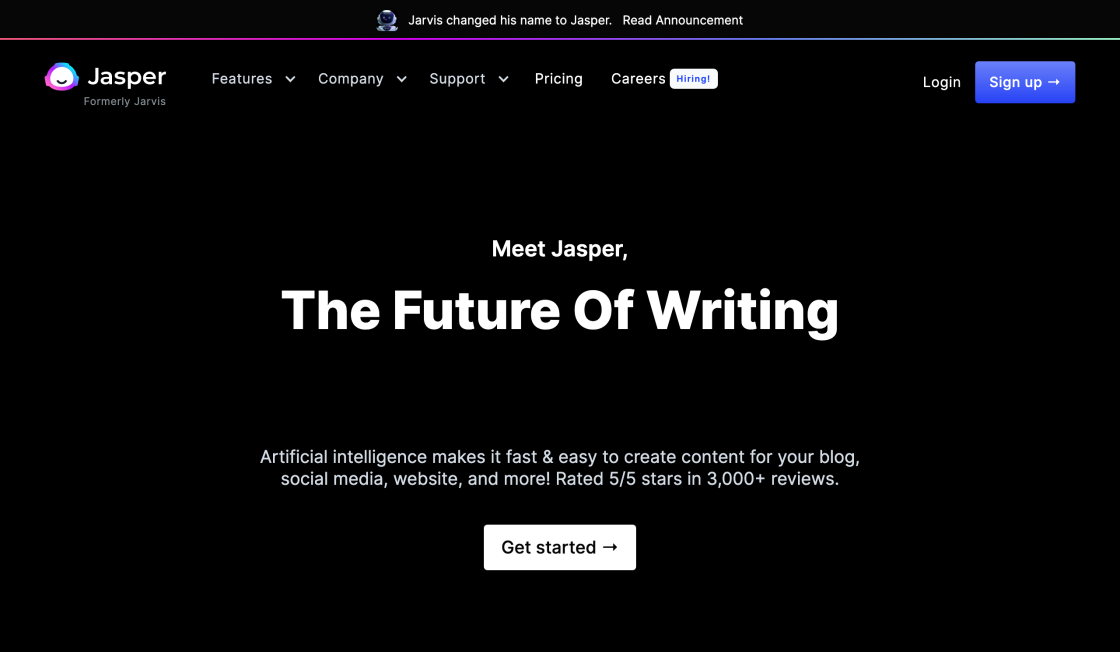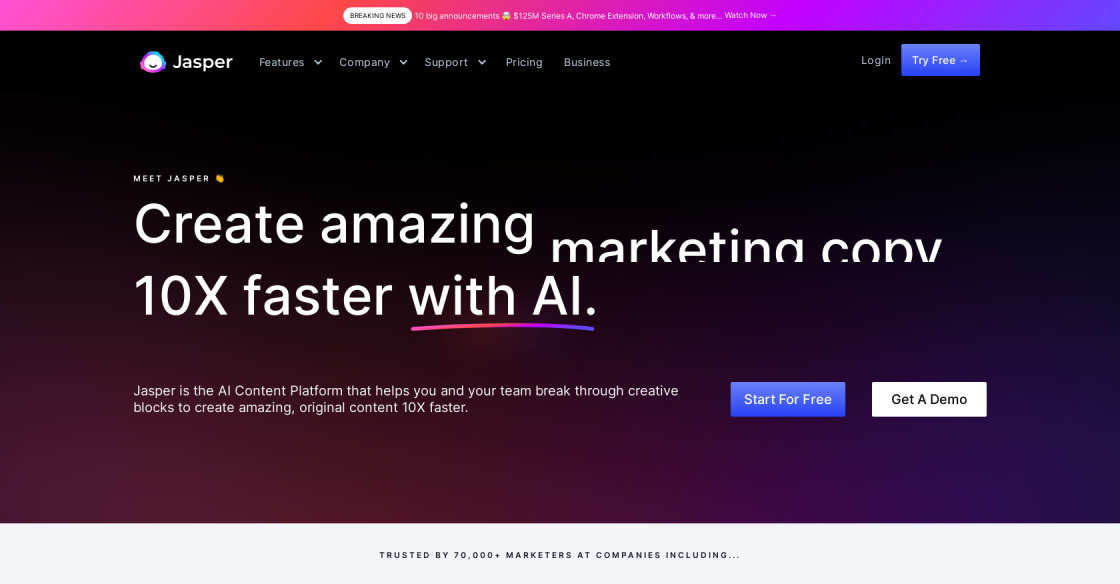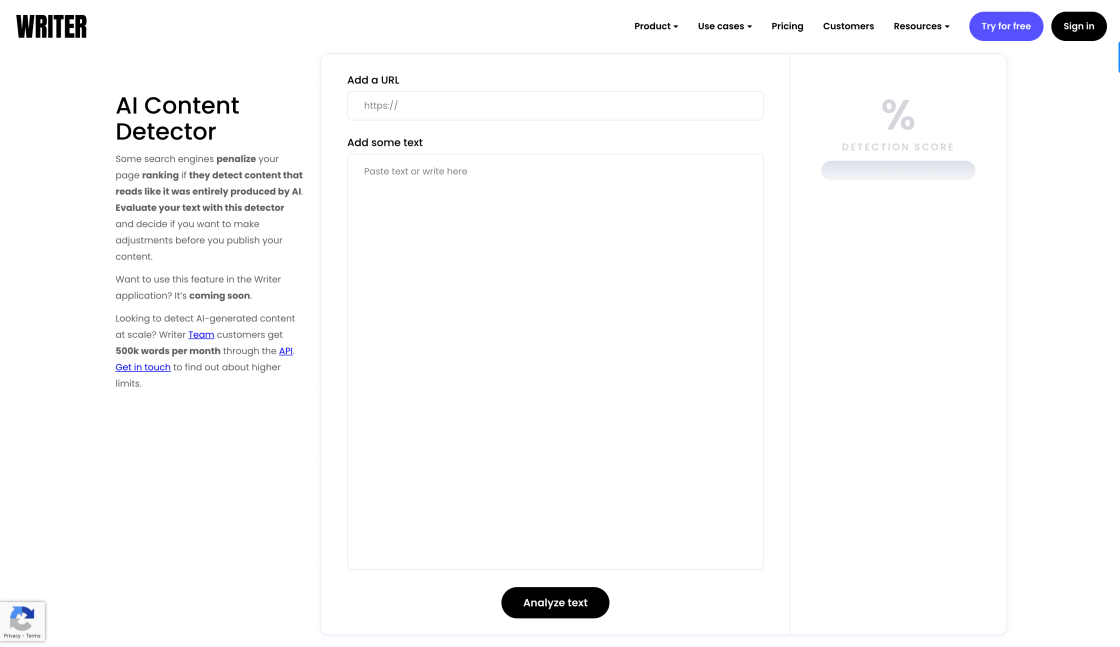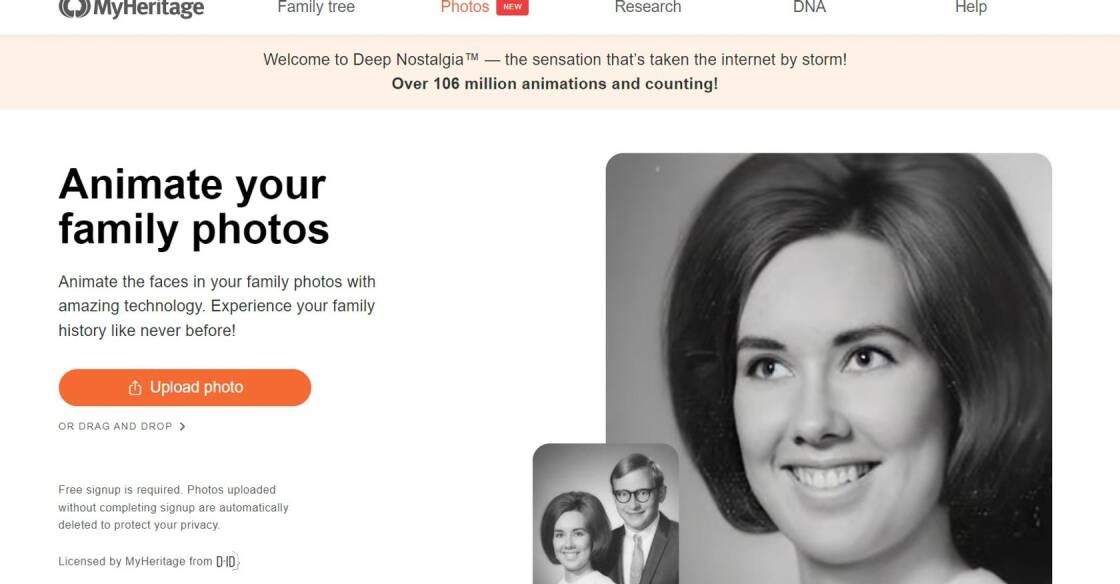

Neuton is a studying tool that helps students to learn any skill faster using a roadmap of skills along with the best resources from the internet in one place. Neuton also helps educators to advertise their educational content.
Discover the best marketing resources to supercharge your results. Your bread and butter for marketing resources!
Learn what others are doing to make their companies succeed. Get inspiring startup stories, useful resources and news from the community to your inbox.
We give you a clear picture of your data science projects. DOCUMENT -> ORGANIZE -> VISUALIZE 1) DOCUMENT and ORGANIZE your resources like scripts, databases and more with Artemis. 2) Artemis automagically creates VISUAL diagrams your projects.
Find All You Need For AI Art. AI Art Resources, Tools & Inspiration For Designers And Prompt Engineers.
Wize, an innovative tool, serves as a gateway to the vast wealth of knowledge found within popular podcasts. In today's era of digital content, podcasts have emerged as a prominent medium for discussions and insights on a variety of topics. Wize harnesses this abundance of valuable information by analyzing and extracting key concepts and ideas from these podcasts. By doing so, it provides users with a convenient way to access and explore this knowledge, empowering them to enhance their understanding and stay informed. With Wize, the world of podcasting becomes a treasure trove of wisdom waiting to be discovered and utilized.

Jasper (previously Jarvis)
Your Personal AI Assistant

Jasper
AI-Powered Customer Support

Zapier
OpenAI (Makers of ChatGPT) Integrations | Connect Your Apps with Zapier

PhotoRoom
PhotoRoom - Remove Background and Create Product Pictures

AI Content Detector
AI Content Detector | GPT-3 | ChatGPT - Writer

Voice.ai
Custom Voice Solutions

Deep Nostalgia
MyHeritage Deep Nostalgia™, une technologie d'apprentissage profond pour animer les visages des photos de famille - MyHeritage

Fliki
Fliki - Turn text into videos with AI voices
Utilizing current data to generate artificial data that is more adaptable, accessible, and smarter has emerged as a crucial technique in various fields. With the rapid advancements in technology and the increasing availability of vast amounts of data, there is a growing need to enhance the quality and versatility of information for improved decision-making processes. This concept of generating artificial data based on existing information holds great promise in addressing the challenges posed by complex datasets.
The ability to create adaptable and intelligent artificial data can revolutionize industries such as healthcare, finance, marketing, and transportation. By using current data as a foundation, this innovative approach enables researchers, analysts, and policymakers to explore alternative scenarios, predict outcomes, and optimize strategies. With the ever-increasing demand for reliable information in real-time, generating artificial data that mirrors the complexity and richness of actual data has become essential.
Moreover, the accessibility of artificial data plays a pivotal role in democratizing the use of data-driven approaches. By providing a simplified and user-friendly interface, individuals with varying levels of expertise can leverage these artificial datasets to gain insights and make informed decisions. This accessibility empowers professionals across different disciplines and enhances collaboration and innovation.
In this rapidly evolving digital landscape, the generation of artificial data from current data sources presents numerous opportunities. It allows for more extensive experimentation, exploration of unknown territories, and the development of advanced machine learning algorithms. By harnessing the power of artificial data, we can unlock new dimensions of knowledge that were previously unattainable.
In conclusion, utilizing current data to generate artificial data that is more adaptable, accessible, and smarter holds immense potential in various domains. The ability to simulate realistic data scenarios and provide easily accessible information will undoubtedly drive progress and innovation in this data-centric era. By capitalizing on this approach, we can pave the way for a more informed and data-driven future.
The purpose is to create data that is more adaptable, accessible, and smarter.
It involves using current data as a basis and applying algorithms or techniques to create new data that closely resembles real-world scenarios.
Adaptable data can be easily modified or adjusted to suit different use cases and scenarios, allowing for more flexibility in its application.
Accessible data refers to data that is easy to retrieve, understand, and utilize by various applications or systems.
By analyzing current data, patterns, and trends can be identified, which can then be integrated into the artificial data generation process to make it more intelligent and sophisticated.
Yes, artificial data can be used for predictive analysis as it incorporates existing patterns and trends to simulate future scenarios.
Artificial data can be utilized in various fields such as machine learning, data analytics, simulations, and testing of algorithms or models.
Like any other data, artificial data should be carefully validated and verified to ensure its accuracy and reliability before usage.
No, artificial data serves as a complement to real data and is not intended to replace it, as real-world data is necessary to validate and calibrate artificial models.
Yes, ethical considerations should be taken into account, particularly in terms of privacy and confidentiality, ensuring that generated data does not compromise individuals' rights or security.
| Competitor | Key Differences |
|---|---|
| MLGen | Focuses on machine learning algorithms to generate artificial data, offering advanced customization options |
| GenSynth | Specializes in synthesizing data across multiple domains, providing flexible data manipulation capabilities |
| Synth AI | Utilizes deep learning techniques to generate highly realistic and varied artificial data |
| DataForge | Offers a user-friendly interface with drag-and-drop functionality for generating adaptable artificial data |
| SmartSynth | Emphasizes intelligent data generation by incorporating natural language processing and knowledge graphs |
| DigiGen | Provides an extensive library of pre-built data generation functions, enabling quick and efficient creation of synthetic data |
| Synthetix | Focuses on generating large-scale, high-quality artificial datasets for diverse use cases |
| DataGenius | Offers a cloud-based platform with automated data generation features, facilitating on-demand creation of synthetic data |
Utilizing current data to generate artificial data that is more adaptable, accessible, and smarter is a concept that holds immense potential in various fields. By leveraging the power of advanced technologies and data analytics, this approach aims to enhance decision-making processes and drive innovation. Here are a few key points to understand about this intriguing practice:
1. Improving Adaptability: By utilizing current data, organizations can create artificial data that closely resembles real-world scenarios. This allows them to test different strategies, models, or algorithms in a controlled environment before implementing them on actual data. Through this process, they can identify potential challenges, refine their approaches, and make their systems more adaptable to changing circumstances.
2. Enhancing Accessibility: Current data often comes from various sources, such as sensors, social media, or existing databases. By generating artificial data based on this information, researchers and developers can create datasets that are more accessible to a wider range of users. This opens up opportunities for innovation and collaboration, enabling individuals and organizations to leverage valuable insights without facing the limitations posed by restricted access to real data.
3. Smarter Decision-making: Utilizing current data to generate artificial data enables the development of intelligent models and algorithms. By incorporating real-world patterns, trends, and behaviors into artificial datasets, these models become more accurate and reliable. As a result, decision-makers can rely on these artificial datasets to simulate different scenarios, predict outcomes, and make informed choices. This ultimately leads to smarter decision-making processes across various domains, including finance, healthcare, transportation, and more.
4. Ethical Considerations: While the concept of utilizing current data to generate artificial data offers numerous advantages, ethical considerations must be taken into account. It is crucial to ensure that the privacy and security of individuals or organizations contributing to the original data are protected throughout the process. Additionally, the responsible use of artificial data is essential to avoid misleading or biased outcomes that could have adverse effects on society.
In conclusion, the practice of utilizing current data to generate artificial data holds great promise in driving innovation, enhancing adaptability, improving accessibility, and enabling smarter decision-making. By harnessing the power of advanced technologies and data analytics, organizations can unlock valuable insights and create more robust solutions for the challenges they face. However, it is essential to approach this practice with ethical considerations and ensure that the generated artificial data serves the greater good without compromising individuals' privacy or perpetuating bias.
TOP